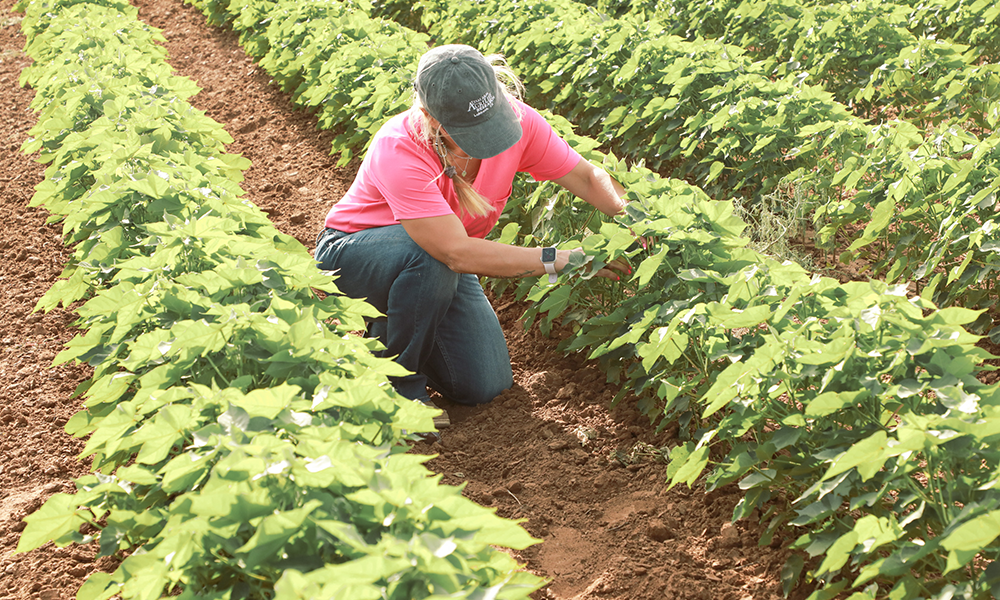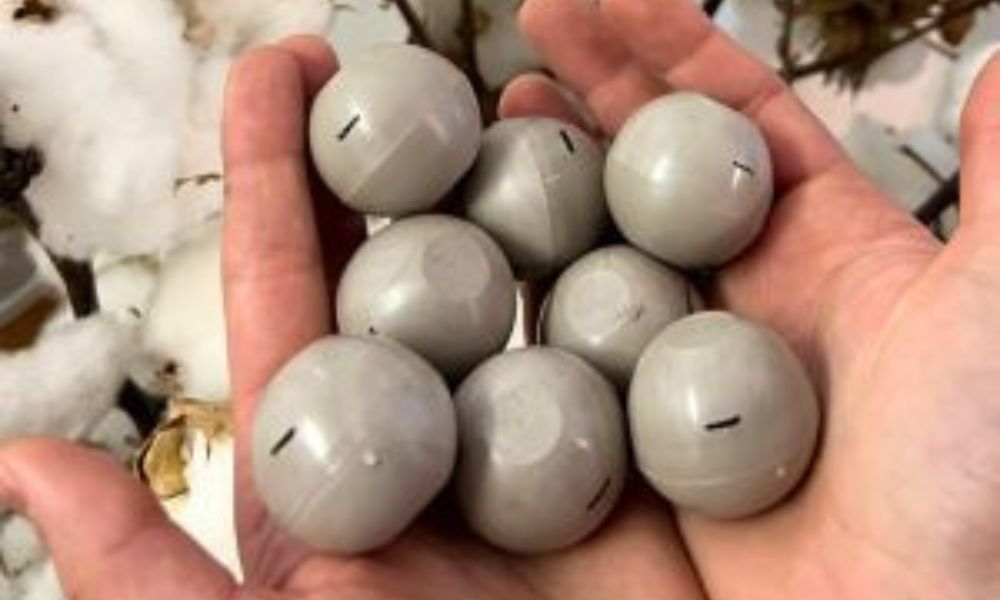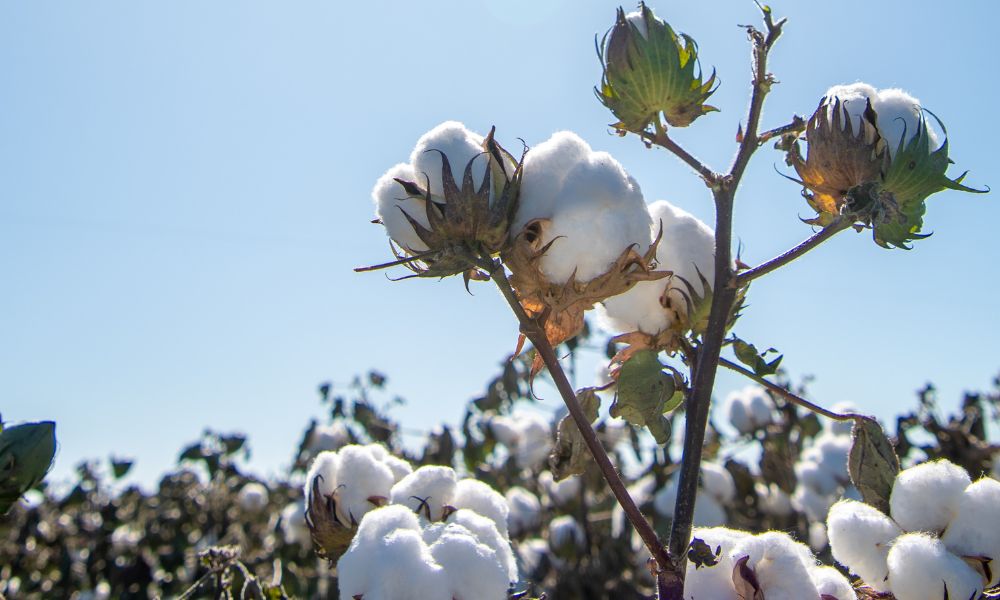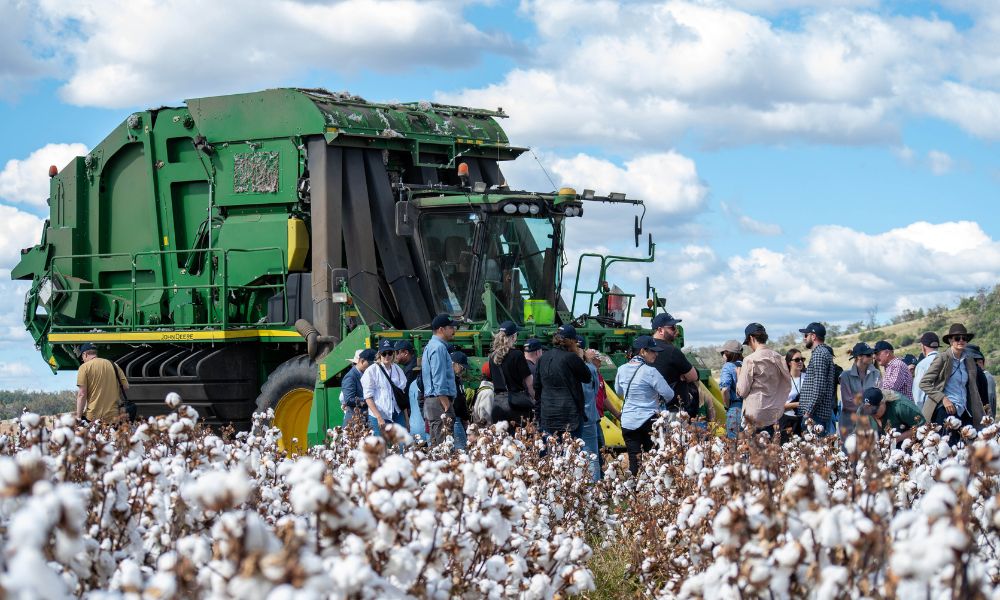Sharing of Research, Best Practices and Sustainability in Bremen
April 12, 2018
Innovation, collaboration, and focus on sustainability set the tone for the 34th International Cotton Conference in Bremen, Germany. In Bremen, 500 participants from 40 different countries came together to talk about the opportunities and challenges of today’s cotton and textile industries. Major topics areas were cotton genetics, traceability, cotton quality, farm digitalization, and sustainability to name a few. With world experts from 40 countries, including the U.S. and Australia, their presentations on these topics were met with lively discussions focused on how cotton can continue to be consumers’ preferred fiber; and one that is sustainable, high performance, and cost effective.
Dr. Jesse Daystar, Chief Sustainability Officer at Cotton Incorporated, and Allan Williams, R&D Manager for Australia’s Cotton Research and Development Corporation, spoke on the Sustainability in Cotton and Textile Production panel where experts discussed a range of topics including synthetic microfiber emissions, life cycle assessment of cotton, challenges of defining sustainability, and how to tell the sustainability story, to name a few. This panel brought perspectives and expertise from all parts of the sustainability journey and provided a high level perspective of the challenges and opportunities for cotton to lead the way in sustainability. One thing was clear coming out of this session: everyone in the supply chain has an important role to drive improvements in sustainability, from retailers and brands driving the demand for sustainable materials to the growers who continually improve adopting the most efficient production methods.
Collaboration was certainly a major theme of the Bremen Cotton Conference where the International Cotton Advisory Committee’s Expert Panel on the Social Environmental and Economic Performance of cotton (SEEP) convened. SEEP has a diverse membership, including representatives from both Australia, the United States, as well as from Germany, Turkey, Burkina Faso and others. The SEEP meeting discussed in particular the development of a ‘Soil Health Tool’ based on a proposal from the US members.
“The Soil Health Tool will be designed to help cotton producers around the world improve their productivity and profitability by enhancing their most valuable resource – their soil’s health,” says Dr. Kater Hake. As envisioned by the SEEP members, this tool will begin to address the problems that growers observe in the field and guide them through a diagnostic key all the way to resource appropriate solutions. Each soil health problem will include confirmation methods, on-line references for different regions and practices to minimize the specific problem for growers with diverse resources. It is anticipated that the tool will be hosted on the ICAC website and made freely available.
During the conference breaks many new ideas were explored on how to continue to improve the sustainability and social performance of cotton on a global scale. In particular, a research collaboration between Cotton Research & Development Corporation, Cotton Incorporated, the International Wool and Textile Organization and Cotton LEADS℠ partners to improve the science of assessing sustainability performance was discussed in detail.
While cotton as a natural fiber has been proactive in collecting sustainability metrics and reporting on sustainability, there is a clear need to improve existing approaches to measuring environmental sustainability, and also to go beyond the current environmental focus and include the social and economic sustainability aspects that touch millions of people’s lives providing food and economic opportunities to families around the world.
Prior to the conference, researchers from the U.S. and Australia met to discuss cotton news and progress on existing and possible new joint research between the two countries. Research on cotton’s degradation is aquatic environments continues in freshwater and saltwater. Additionally, research on fiber mercerization and cotton’s effects on sleep in different bedding systems is underway.














Recent Comments